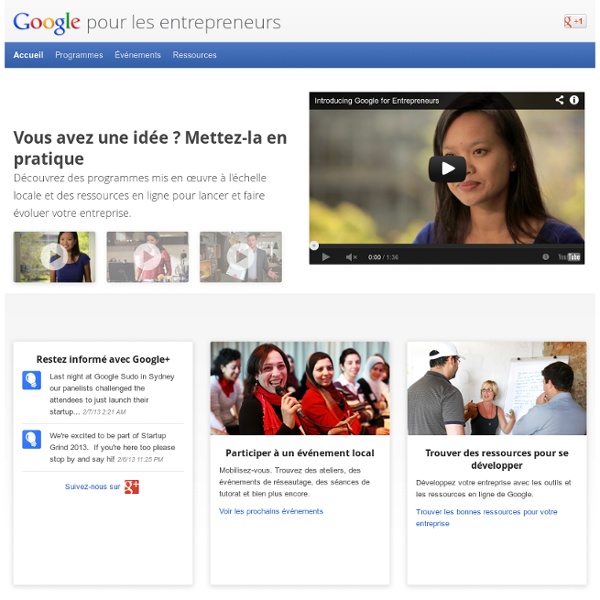



ShoutAbout News SOCAP NowStreet Journal | Voice of the Private Company Marketplace GiveBack — Your World of Giving Startup Addict - Crowdfunding for startups Peerbackers | crowdfunding big ideas jump on opportunities Over 580 candles sold in 40 days! 225 supporters joined in the value of handicraft made ??in Italy! FAMO crowdfunding € 5,233 for the magazine dedicated to the undeground italian talents € 10,675 for the first work of Street Art made possible thanks to crowdfunding! The marble spaghettiweighter reached 118% of the budget! € 48,400 and 500 supporters to make over our favorite club! MAMMAIUTO from web to paper The collective of cartoonists which reached 153% of the budget! € 30,089 for the first co-wo leisure space in Italy! #12Regole: un ebook in tourby Spora ciao
Startup Exemption company | Mission Belt Co A few years ago, a great friend of ours in Panama named Luis Melendez was working a very strenuous job on the docks and not getting ahead. On top of that, he hurt himself and the company he was working for gave him his walking papers. We brainstormed with him for a couple weeks about what kind of business he would want to start. We first looked at pig farming and backed away from that after some volatility in the pork prices. Next we thought about getting a corn grinder to make feed for livestock. Finally, we noticed that there were really long lines for the buses into Panama City in the very community that Luis and his wife were living. So we shipped the bus from Panama City, Florida to Panama City, Panama. When we decided to update the belt and make the no-holes Mission Belt®, we knew we wanted to give something back with every belt. Since inception we have sold thousands of Mission Belts and as a result, thousands of dollars have gone to help hard working people who need a hand up.
QUORUMM DIGITAL VENTURE PARTNERS - In searching for Innovative Digital Marketing and Social Media Companies worldwide, to ignite and accelerate them into the global marketplace Online Fundraising Website for Events and Causes | FirstGiving.com The Agitator